The Professional Golfers' Association has been requiring caddies to wear advertisements, or bibs, containing the logos of the PGA’s corporate sponsors. At first glance it’s nothing new; many organizations require their employees to wear apparel that promotes the organization itself or one or more of its sponsors. The promotion is part of the employee's job.
There’s one big difference, however, in the caddies’ case—they’re not PGA employees. The Professional Golfers' Association pays them nothing; rather, their compensation comes from the individual golfer each serves. According to Michael Collins, ESPN Senior Golf Writer, caddies negotiate their pay often on a weekly basis, earning between $1,000 and $3,000. They also may receive a percentage of their golfer’s tournament earnings: 10% for a win, 7% for a top-ten finish, and 5% for anything else.
A share of tournament earnings sounds exciting, but think of the number of golfers who compete versus the number who actually win or place. It’s also worth noting that caddies must pay their own expenses (e.g., food, hotel, airfare, car rental). Likewise, they must provide for their own healthcare coverage and retirement savings.
Meanwhile, caddies trek across the fairways, carrying other peoples’ bags and wearing other organizations’ advertising—often that of the world’s biggest and most successful companies. At least caddies are compensated for carrying the golf bags. It’s not surprising, therefore, that caddies have filed a lawsuit against the PGA, asking for $50 million.
The caddies have a strong case, mainly because the bib requirement represents an injustice: It’s not fair to force someone to make a sacrifice without proportional recompense. The principle of quid pro quo demands something for something. If you give up something, such as your body as a billboard for advertising, you should receive some appropriate payment in return.
Given the big money the prominent companies such as Barclays, John-Deere, and BMW pay to sponsor golf tournaments, bib advertising appears to be effective marketing for the PGA. However, because the very people who carry the ads are excluded from the benefits, advertising on caddy bibs propagates a social injustice and should be considered “Single-Minded Marketing.”
Learn more about the Mindful Matrix and Mindful Meter.
Check out Mindful Marketing Ads and Vote your Mind!

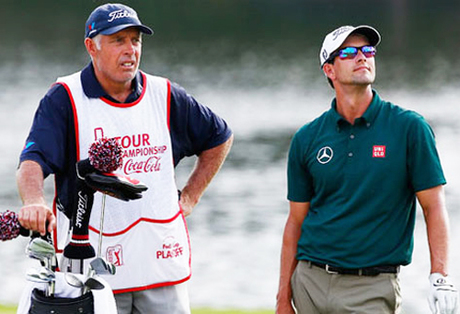
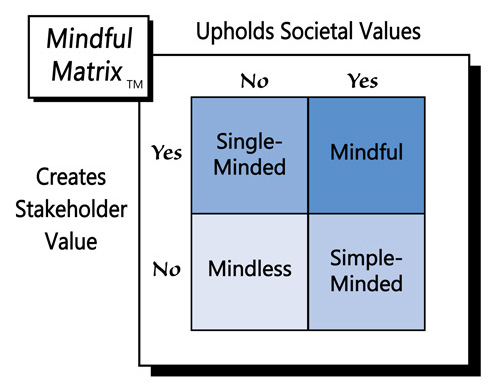
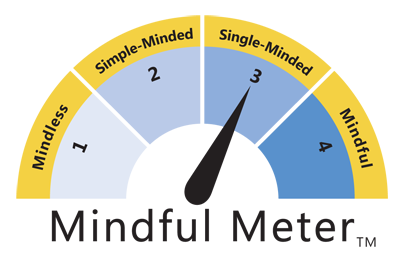
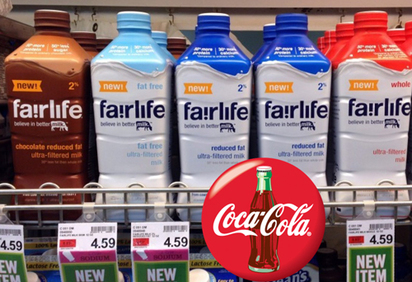
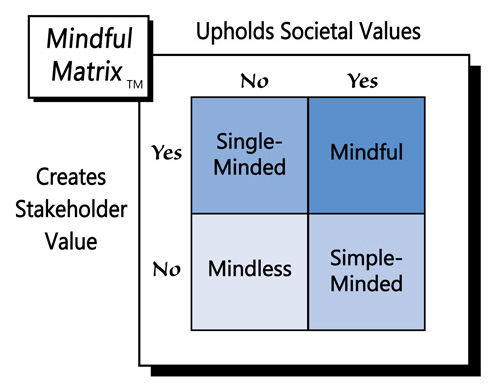
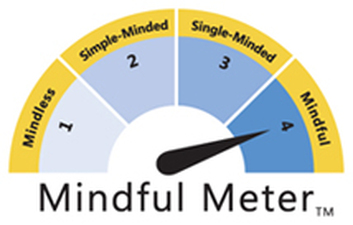

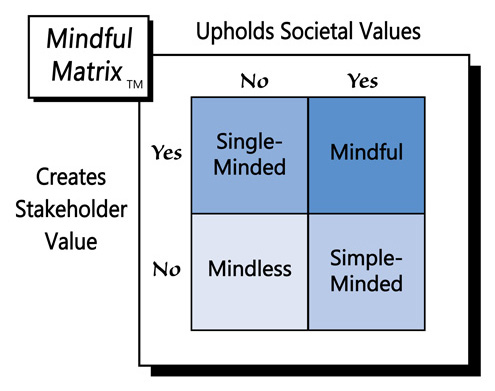
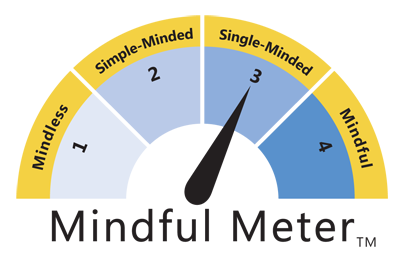
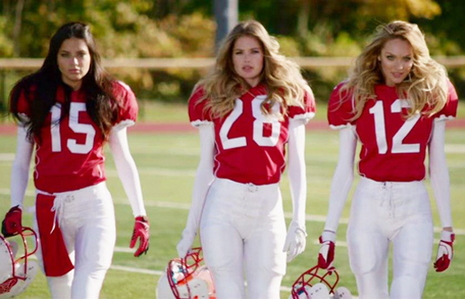
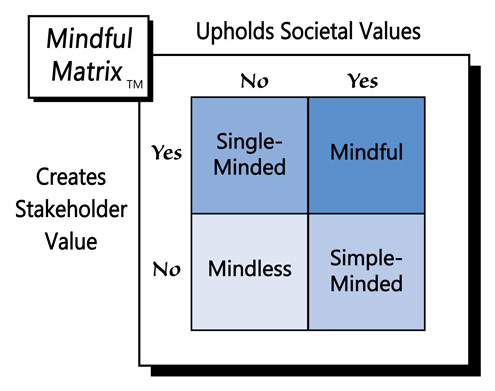
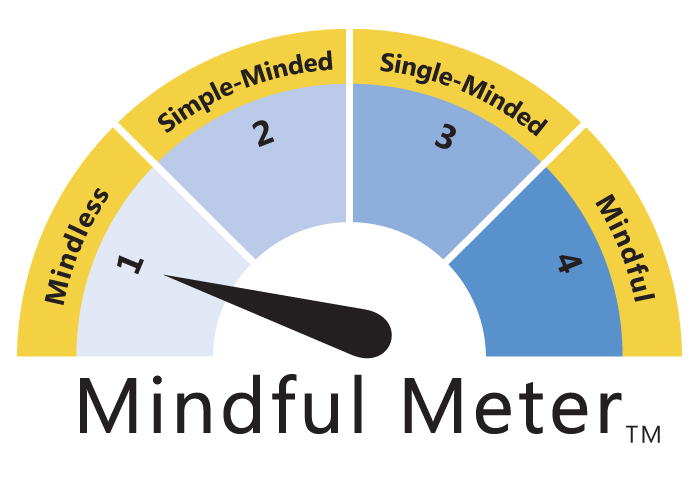
 RSS Feed
RSS Feed